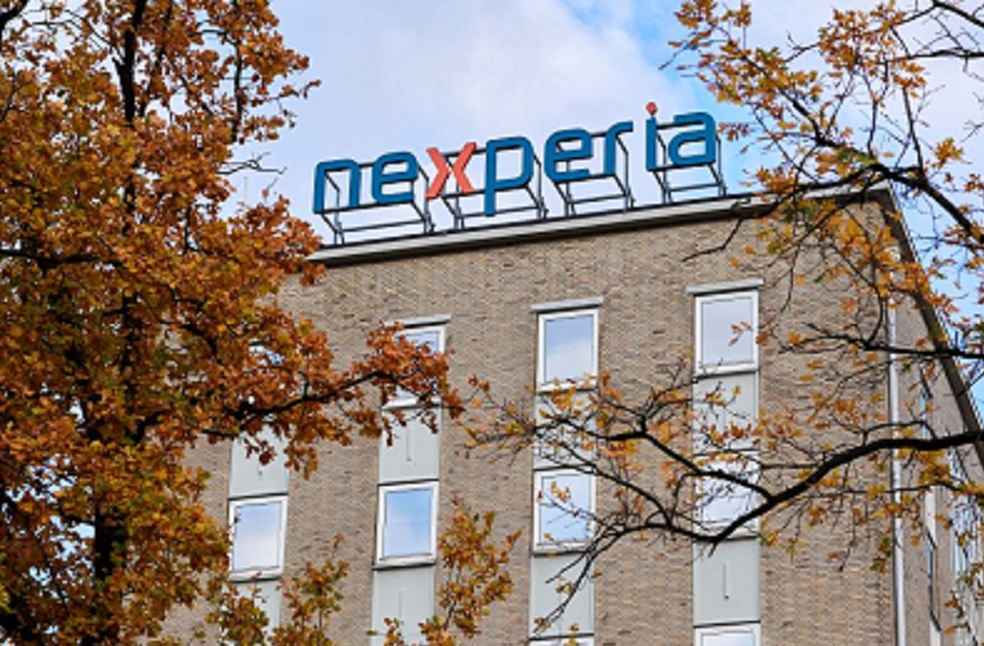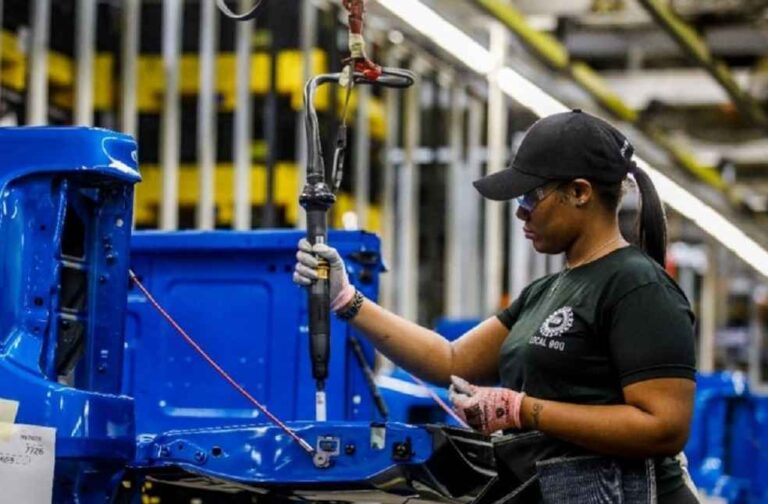U.S. automakers are grappling with severe supply-chain disruptions, forcing production halts at several major factories operated by Ford and Stellantis.
The shortages, spanning aluminum, semiconductors, and rare-earth minerals, have stalled assembly lines and put thousands of workers on temporary unemployment.
Jeep SUV production in Michigan was suspended last week due to an aluminum shortage and is not expected to resume until early next month.
Ford has also paused output at three plants, including facilities in Michigan and Kentucky, where many employees are now collecting unemployment benefits.

The Kentucky Truck Plant, which produces the high-margin Super Duty trucks, some retailing for over $100,000, has reduced output as a result.
A key factor behind the aluminum shortage is a three-alarm fire in September at a New York plant owned by Novelis.
The incident has disrupted manufacturing schedules for Jeep SUVs and Ford’s profitable Expedition and Lincoln Navigator models. Ford is working closely with Novelis and other suppliers to minimize the impact and evaluate alternative sourcing options.
The crisis has been compounded by geopolitical tensions affecting semiconductor supplies. Dutch chipmaker Nexperia, now controlled by the Netherlands government after being seized from its Chinese parent, halted shipments following Beijing’s export restrictions.

The move has alarmed automakers worldwide, with European manufacturers warning that their Nexperia chip inventories could be exhausted within weeks.
Industry leaders describe the convergence of these supply issues as unprecedented. The automotive sector, still recovering from earlier semiconductor shortages, now faces renewed production risks along with billions in added tariff costs, fluctuating EV market dynamics, and inflationary pressures.
Average new-vehicle prices in the U.S. remain near $50,000, while total sales are expected to slightly exceed 15.9 million units this year.
Automakers are taking defensive measures. Stellantis has unveiled a $13 billion U.S. investment initiative aimed at offsetting tariffs and reinforcing local supply chains, while Ford is coordinating cross-industry efforts to stabilize sourcing and maintain operations.
UPCOMING | Toyota Unveils New Land Cruiser FJ for 2026 Launch





